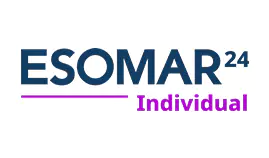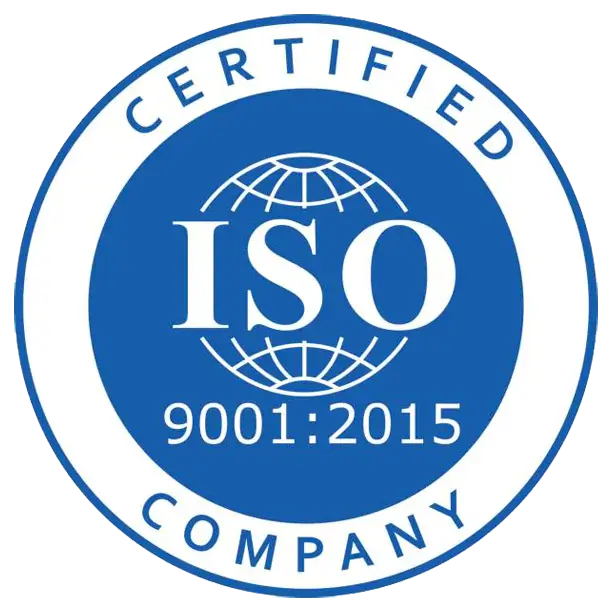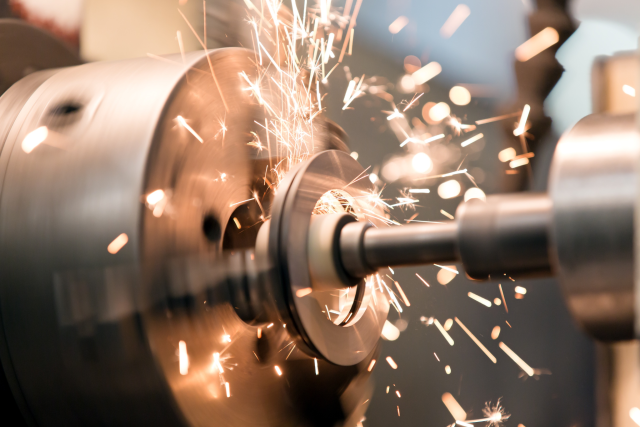
Metalworking stands as a fundamental craft and industrial practice that has shaped civilizations throughout history. It encompasses a broad range of activities involving metals, including their fabrication, construction, and manipulation to create parts, assemblies, and large-scale structures. This introduction seeks to unravel the essence of metalworking, emphasizing its significance across various industries and eras.
What is Metalworking?
Metalworking refers to the process of working with metals to create individual parts, assemblies, or large-scale structures. This involves a multitude of techniques such as cutting, bending, and assembling processes that convert raw metal into the desired form. Metalworking is crucial in numerous fields, from automotive manufacturing to jewelry making, offering the versatility and durability that metals provide.
The History of Metalworking
The journey of metalworking dates back to ancient times when early humans discovered the utility of metals like gold, silver, and copper for making decorative items and tools. Over centuries, the sophistication of metalworking techniques has evolved significantly.
- Copper Age (c. 5,000 BCE): Early humans began to craft simple metal tools and jewelry.
- Bronze Age (c. 3,000 BCE): Alloys such as bronze were used, marking advancements in weapon and tool production.
- Iron Age (c. 1,200 BCE): Introduction of iron smelting and forging, leading to stronger tools and weapons.
- Industrial Revolution (18th Century): Mechanization led to the development of machine tools, enhancing metalworking capabilities.
- 20th Century: The introduction of technologies like welding, laser cutting, and CNC, revolutionized the metalworking field.
Types of Metalworking
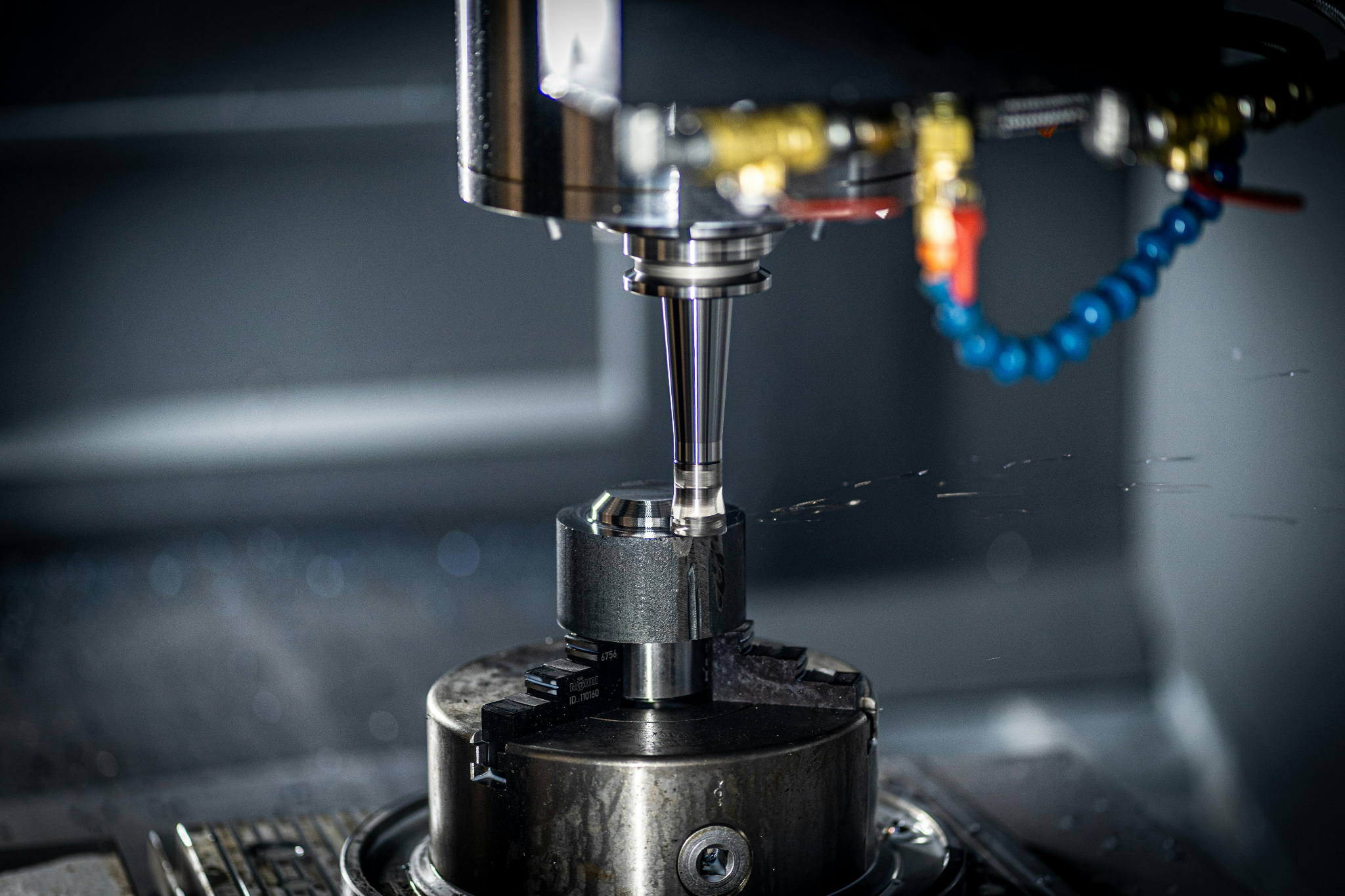
Metalworking is categorized into several core processes, each with its specific techniques and applications.
What are the Primary Metalworking Techniques?
Casting: A process where molten metal is poured into a mold and allowed to solidify. This technique is fundamental for complex shapes that are difficult to achieve through other means.
Forging: Metal is shaped by localized compressive forces applied through various tools. Forging is preferred for its strength and integrity in critical applications.
Machining: Removing metal to shape a final product through processes like milling, turning, or drilling.
Welding: Joining two pieces of metal together through fusion, which is integral in constructions like buildings and bridges.
How is Metal Formed and Shaped?
Metal forming involves various processes that alter the shape of metal without removing material. Techniques include:
Bending: Reshaping metal using force, such as with a press brake.
Stamping: Using dies to shape or cut metal into a form.
Drawing: Pulling metal through a die to reduce its cross-section.
What are Metal Cutting Techniques?
Traditional cutting involves mechanical saws or torches, while modern methods include:
Laser Cutting: This uses a high-powered laser beam to make precise cuts. Ideal for detailed work.
Waterjet Cutting: Uses high-pressure water, possibly mixed with abrasives. Suitable for materials sensitive to high temperatures.
Plasma Cutting: An effective method for cutting thick sheets of metal.
- Advantages:
- Laser Cutting: Precision and automation.
- Waterjet Cutting: No heat-affected zone, preserving material integrity.
- Plasma Cutting: Cost-effective for thicker materials.
What are the Most Common Metalworking Tools and Equipment?

Metalworking tools range from simple hand tools to complex CNC machines.
Manual Tools Used in Metalworking
Includes hammers, chisels, and files—basic yet essential for detailed, hand-finished work.
Machine Tools for Precision and Automation
CNC Machines: Automated control over machine tools enhances precision.
Lathes: Rotate the metal to perform various operations like cutting and sanding.
Milling Machines: Use rotary cutters to remove material according to a predefined design.
- Tools List:
- Grinders: Smoothen metal surfaces.
- Shears: Cut large sheets of metal.
- Punch Press: Make holes or cut specific shapes out of metal sheets.
Applications of Metalworking Across Industries
Metalworking's versatility makes it crucial in several key industries.
Aerospace and Automotive Applications
In aerospace, metalworking is used to fabricate aircraft engines and fuselages. In the automotive sector, it's essential for creating everything from basic engine components to intricate electronic systems.
Construction and Infrastructure
Metal frameworks are the backbone of modern infrastructure, including skyscrapers, bridges, and highways.
Artistic and Decorative Uses
Metal artistry can be seen in sculptures, jewelry, and decorative pieces, showcasing metalworking's aesthetic versatility.
- Specific Applications:
- Aerospace: Jet engines, landing gear.
- Automotive: Car frames, transmissions.
- Artistic: Bronze sculptures, metal furniture.
How Has Technology Transformed Metalworking?
The introduction of technologies such as CNC, 3D printing, and robotics has greatly enhanced the precision, efficiency, and possibilities of metalworking.
What is CNC Metalworking?
CNC (Computer Numerical Control) metalworking involves pre-programmed software dictating the movement of factory tools and machinery, allowing for highly precise and automated operations.
Innovations in Metal 3D Printing
Metal 3D printing involves layer-by-layer creation of metal parts through additive manufacturing, offering unprecedented design flexibility and material efficiency.
What are the Safety Considerations in Metalworking?
Safety is paramount in metalworking due to the high risks involved with handling heavy materials and machinery.
- Safety Tips:
- Wear appropriate personal protective equipment (PPE).
- Ensure proper ventilation to avoid inhaling metal dust and fumes.
- Regularly inspect tools and equipment for safety compliance.
How to Choose the Right Metalworking Process for Your Project?

Selecting the appropriate metalworking process depends on various factors, including the material type, project complexity, and required precision.
- Factors to Consider:
- Material Type: Different metals require different processes.
- Complexity: More intricate designs may need advanced techniques like CNC machining or laser cutting.
- Precision: High-precision projects typically use CNC or laser cutting.
What are the Environmental Impacts of Metalworking?
Sustainability in metalworking involves reducing waste, managing energy use, and recycling materials.
Recycling and Waste Management in Metalworking
Effective waste management strategies are essential to minimize the environmental footprint of metalworking practices.
Energy Efficiency and Emission Reductions
Advancements in technology have led to more energy-efficient processes, significantly reducing emissions associated with metalworking.
- Environmental Strategies:
- Recycle scrap metal.
- Opt for energy-efficient machinery.
- Implement lean manufacturing processes.
Future Trends in Metalworking
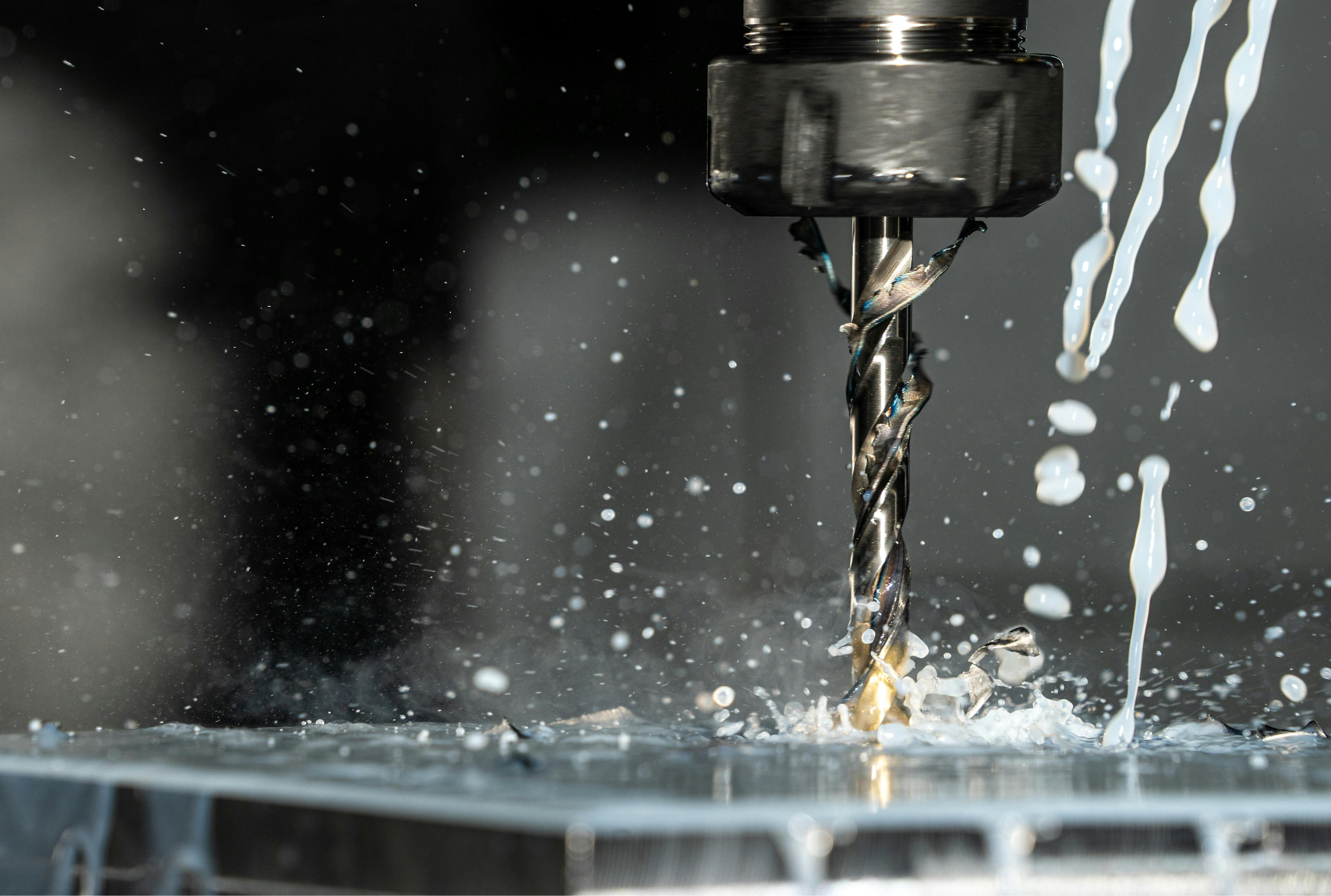
Emerging trends in metalworking focus on integrating new technologies and materials to enhance capabilities and reduce environmental impact.
The Role of Artificial Intelligence in Metalworking
AI is set to revolutionize metalworking by optimizing manufacturing processes, reducing waste, and improving quality control.
Advancements in Material Science
New materials such as superalloys and nanomaterials are driving innovations in metalworking, providing enhanced properties like increased strength and heat resistance.
Conclusion
Metalworking is an essential and continuously evolving field that plays a critical role in many aspects of modern life and industry. With advancements in technology and a focus on sustainability, metalworking is poised to meet future challenges with innovation and efficiency, reflecting on its enduring importance and transformative impact on society.


